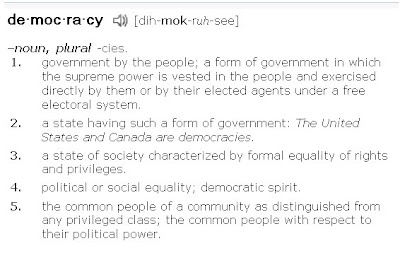The invite is below. RSVP ASAP and leave a comment so we can be sure to catch you at the event.
and honorary co-hosts
Senator Barbara Mikulski
Representative Rush Holt
Representative Vernon Ehlers
cordially invite you to a luncheon briefing:
Investing in Our Future:
A New Generation of Researchers
October 7, 2010, 12:00-1:30 p.m.
Dirksen Senate Office Building G50
A robust U.S. scientific workforce is essential for maintaining our nation's global competitiveness, increasing our long-term economic prosperity, and solving many of the pressing global problems we face. But when resources are limited, surviving in an already competitive federal R&D system becomes even more difficult for early-career researchers.
To ensure that we have the research leaders of tomorrow, the U.S. must cultivate a new generation of scientists now, by investing in agencies such as the National Institutes of Health and the National Science Foundation. This briefing will highlight the societal benefits of federal research and the challenges and opportunities early-career investigators face in establishing a foothold in the scientific profession.
Opening Remarks
The Honorable John Edward Porter, Chair, Research!America
Moderator
James Gentile, PhD, President, Research Corporation for Science Advancement
Panelists
Iain Cockburn, PhD, Professor of Finance and Economics, School of Management, Boston University
Marshall Shuler, PhD, Assistant Professor of Neuroscience, The Johns Hopkins University
Raquel Lieberman, PhD, Assistant Professor, Georgia Institute of Technology
Meryl Comer, President, Geoffrey Beene Gives Back Alzheimer's Initiative
To RSVP: Register online or contact Michelle Hernandez by email mhernandez@researchamerica.org or phone 571-482-2715.






